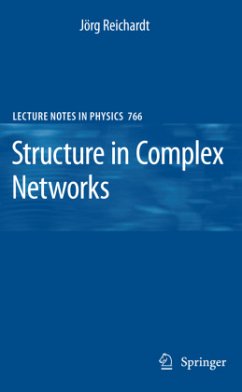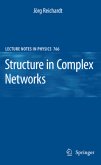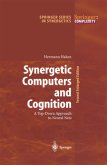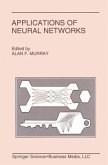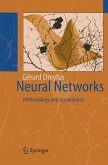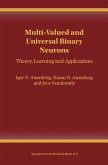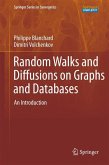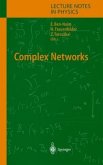In the modern world of gigantic datasets, which scientists and practioners of all fields of learning are confronted with, the availability of robust, scalable and easy-to-use methods for pattern recognition and data mining are of paramount importance, so as to be able to cope with the avalanche of data in a meaningful way. This concise and pedagogical research monograph introduces the reader to two specific aspects - clustering techniques and dimensionality reduction - in the context of complex network analysis. The first chapter provides a short introduction into relevant graph theoretical notation; chapter 2 then reviews and compares a number of cluster definitions from different fields of science. In the subsequent chapters, a first-principles approach to graph clustering in complex networks is developed using methods from statistical physics and the reader will learn, that even today, this field significantly contributes to the understanding and resolution of the related statistical inference issues. Finally, an application chapter examines real-world networks from the economic realm to show how the network clustering process can be used to deal with large, sparse datasets where conventional analyses fail.
Hinweis: Dieser Artikel kann nur an eine deutsche Lieferadresse ausgeliefert werden.
Hinweis: Dieser Artikel kann nur an eine deutsche Lieferadresse ausgeliefert werden.

